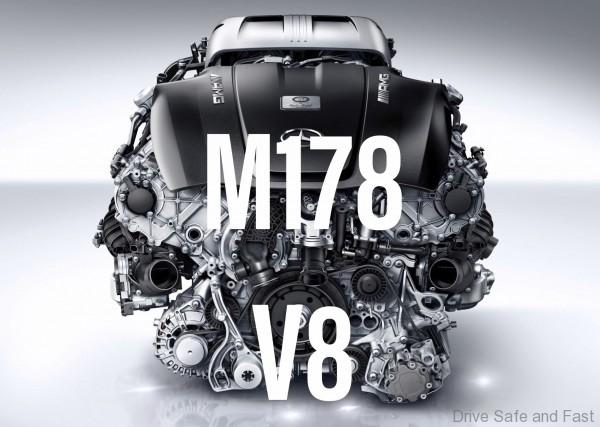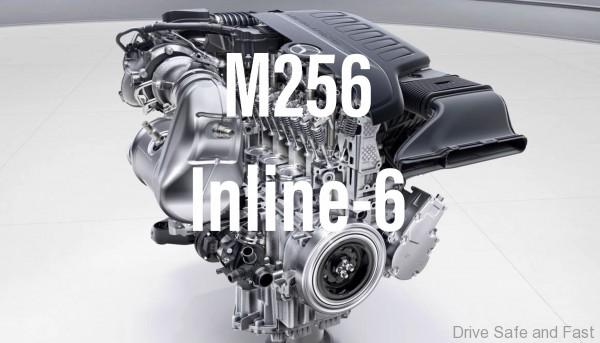The Best Way To Understand The Mercedes-AMG 53-Series
Recently, Mercedes-AMG revealed a new Series of performance cars, called the ‘53-Series’. The first 3 models to be offered in this variant will be the new CLS, E-Coupe and E-Cabriolet.
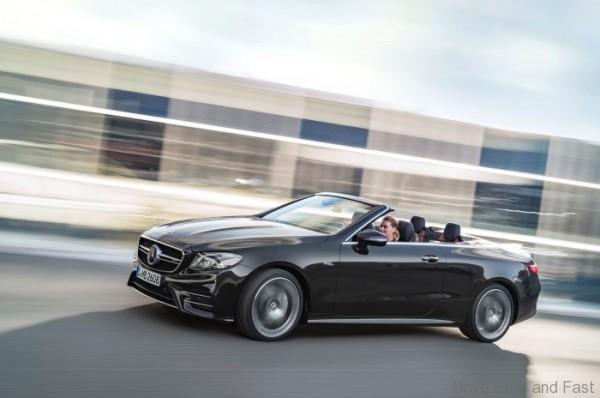
And here they are, the E53 Carbiolet, E53 Coupe and CLS 53.

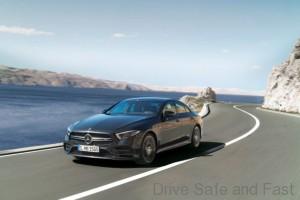
The 53-Series brings with it that beautiful new M256 inline-6 engine. But before we get ahead of ourselves, we want to contextualise this new series of cars.
You see, AMG has previously used the ’63’ and ’43’ monikers to denote performance levels. Currently, the ’63’ cars (as well as the AMG GT) are powered by the ‘M178′ 4-litre V8 while the ’43’ cars get a tamer ‘M276′ 3-litre V6. Both engines use two exhaust gas turbochargers but in different ways. The V6 is an older, more traditional engine while the V8 is much more modern in its design.
The ’53’ series is intended to bridge the gap – offering the price and performance of the ’43’ series some seriously cutting-edge technology to bring it closer to the 63-series.
Here’s what the key numbers look like next to each other. Note that we’ve included the 63S, but it’s running on essentially the same hardware as the standard 63.
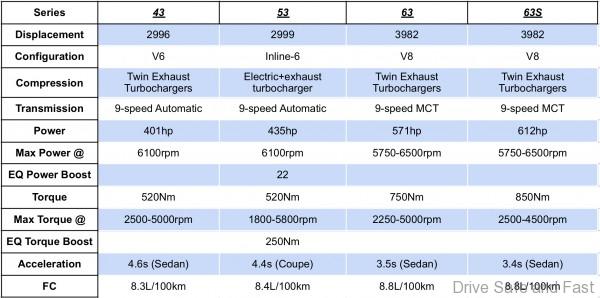
As you can tell from the table, the ’53’ series really isn’t sitting at the halfway point between the ’43’ and ’63’ cars. It’s just 0.2 seconds faster to 100km/h and the motor itself kinda just equals the V6 in terms of output.

So why bother? Well, here’s what we’ve read and heard.
- They want to shift away from the V6 design. Daimler currently makes inline-4 and V8 engines. They can make those two on the same line with very similar designs, which cuts costs and streamlines a lot of production aspects.
 Since inline-3 engines are inherently imbalanced and have no place in the premium marketplace, it makes more sense to add a couple of extra cylinders to the end of an inline-4 than to cut one off. And why not? After a century of engines, these are the three of the most important configurations. Inline-4 for the masses, inline-6 for refinement and higher displacements, and a big old V8 for raw muscle.
Since inline-3 engines are inherently imbalanced and have no place in the premium marketplace, it makes more sense to add a couple of extra cylinders to the end of an inline-4 than to cut one off. And why not? After a century of engines, these are the three of the most important configurations. Inline-4 for the masses, inline-6 for refinement and higher displacements, and a big old V8 for raw muscle.
- The new engine in the ’53’ series brings a modern twist to air compression. Instead of using 2 exhaust turbochargers, they’re using just one. BUT, there’s another air compressor that’s electrically driven. It’s a bit like a supercharger, but instead of leaching power directly from the engine, it takes recovered energy from braking other sources to spool itself up. That’s how they’ve managed to keep the performance up despite having just one turbo.

- Also new is a 48-Volt electrical system. On top of helping with the electric compressor we mentioned earlier, the system also powers an ‘integrated starter/generator’ system (ISG). The ISG sits between the engine and gearbox. You know how modern cars have a start/stop system that shuts the engine off in traffic? The ISG is there to take that aspect further. It absorbs all the harshness of low revs and cranking, turning the engine on and off so quickly you won’t even be able to tell that it’s happening. This will allow the ’53’ series cars to be driven with the engine off when going downhill or coming to a gradual stop. Amazing. We wonder why this wasn’t reflected in the official fuel consumption figures.
- They want to shift away from the V6 design. Daimler currently makes inline-4 and V8 engines. They can make those two on the same line with very similar designs, which cuts costs and streamlines a lot of production aspects.
Our understanding is that the ’53’ series will be expanded to include many more cars, most probably the facelifted C-Class and maybe even the S-Class. Given the M276 V6 engine in the ’43’ series has been in development from the time Daimler was in bed with Chrysler, it is likely that it will be retired as soon as this new M256 inline 6 engine is as widely available across the range.
Will this mean the ’43’ series will disappear? Only time will tell.



 Since inline-3 engines are inherently imbalanced and have no place in the premium marketplace, it makes more sense to add a couple of extra cylinders to the end of an inline-4 than to cut one off. And why not? After a century of engines, these are the three of the most important configurations. Inline-4 for the masses, inline-6 for refinement and higher displacements, and a big old V8 for raw muscle.
Since inline-3 engines are inherently imbalanced and have no place in the premium marketplace, it makes more sense to add a couple of extra cylinders to the end of an inline-4 than to cut one off. And why not? After a century of engines, these are the three of the most important configurations. Inline-4 for the masses, inline-6 for refinement and higher displacements, and a big old V8 for raw muscle.